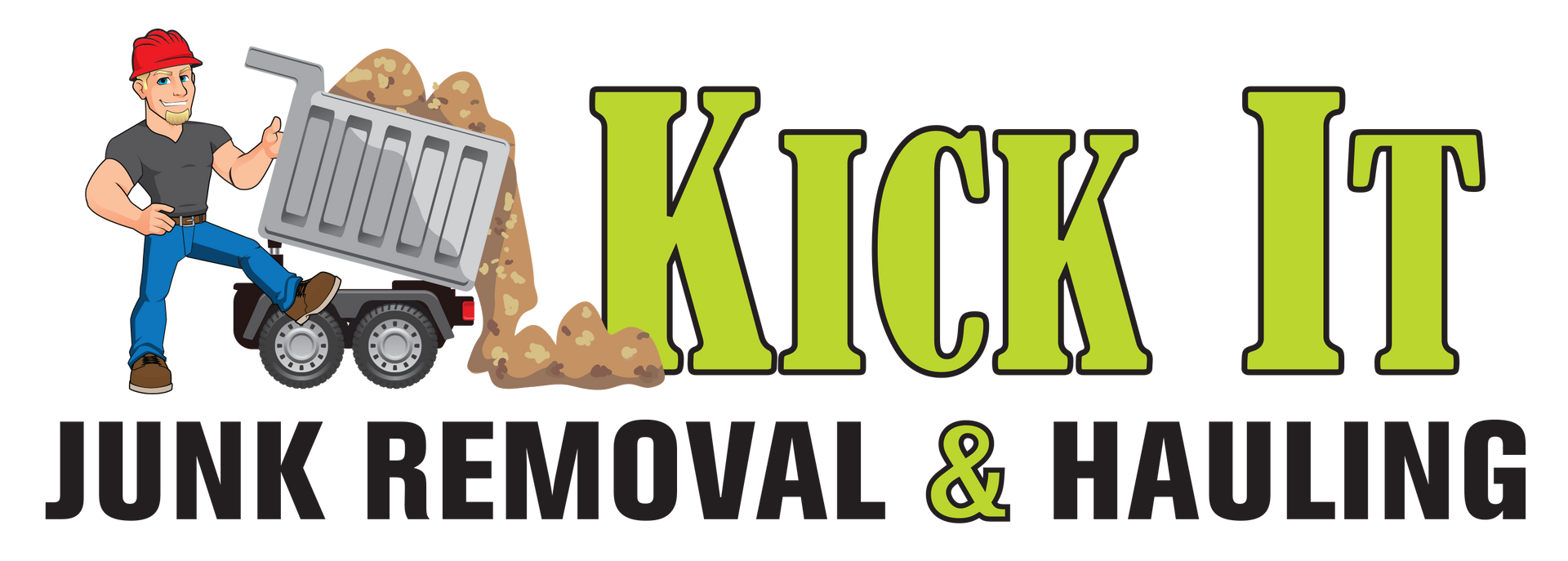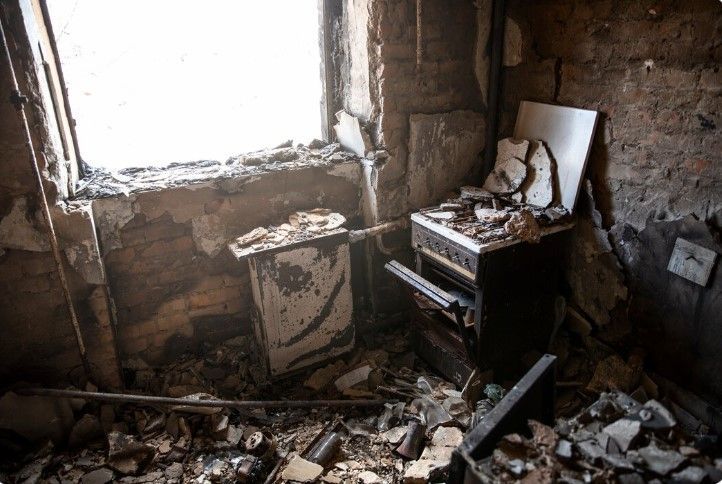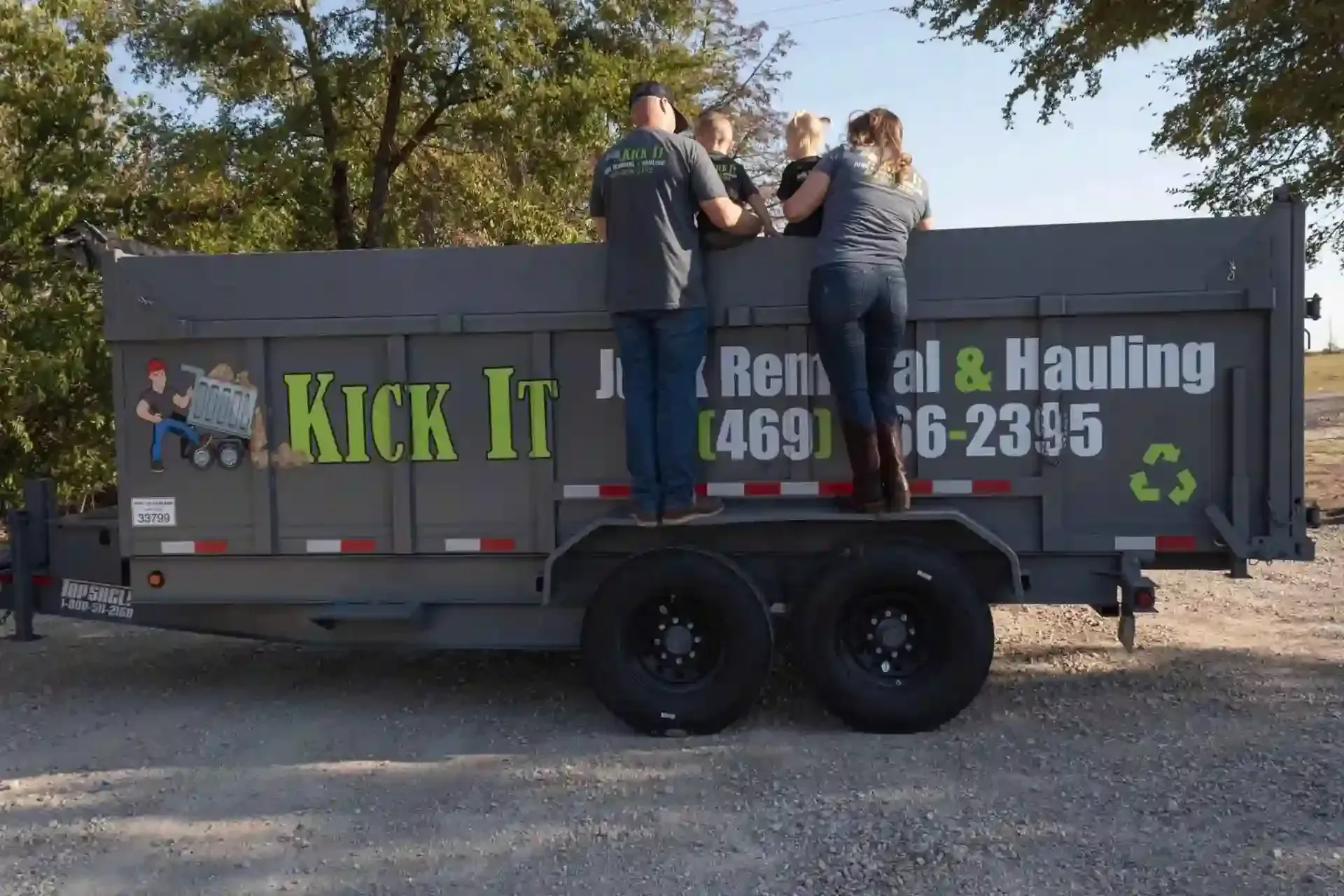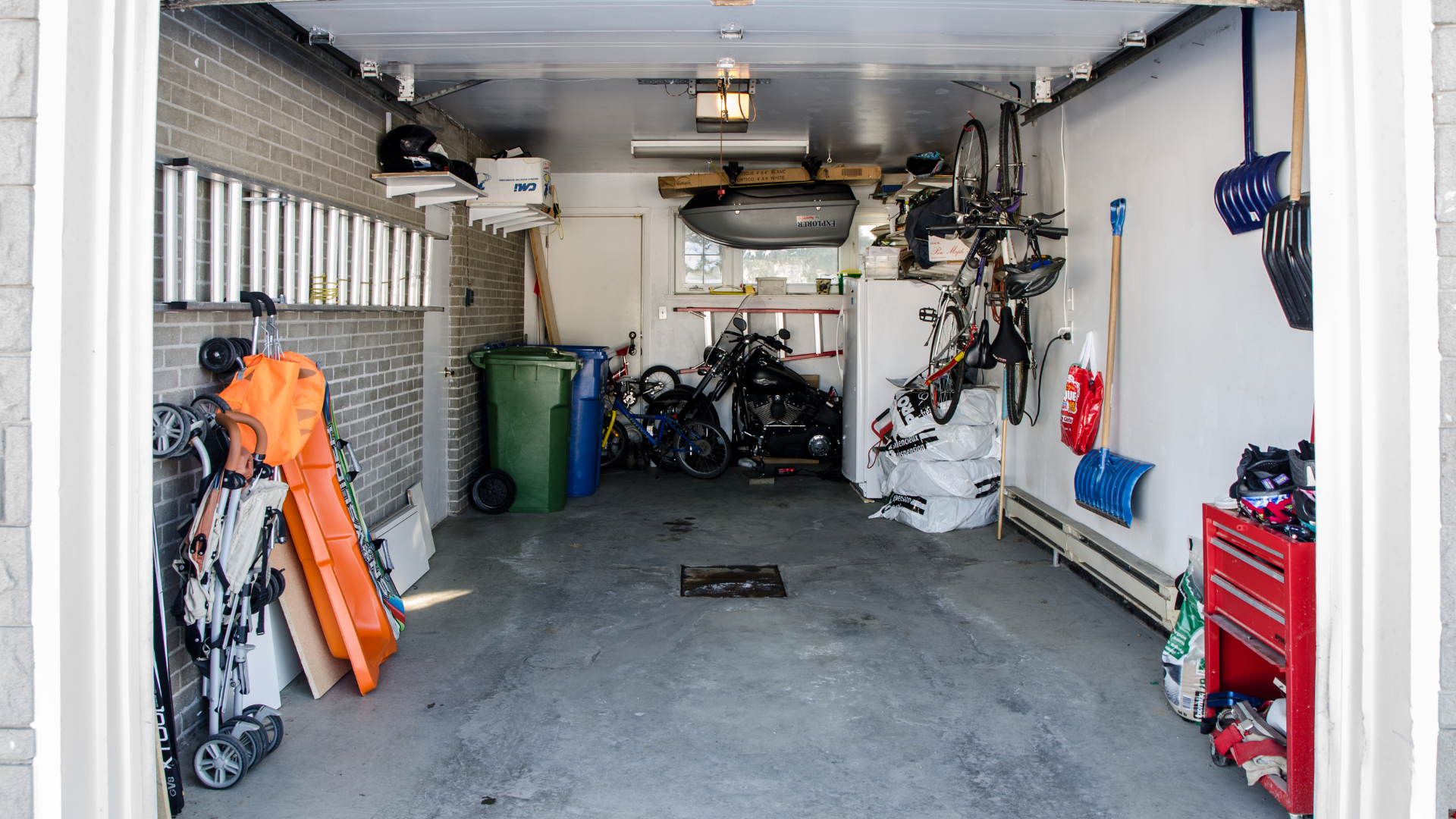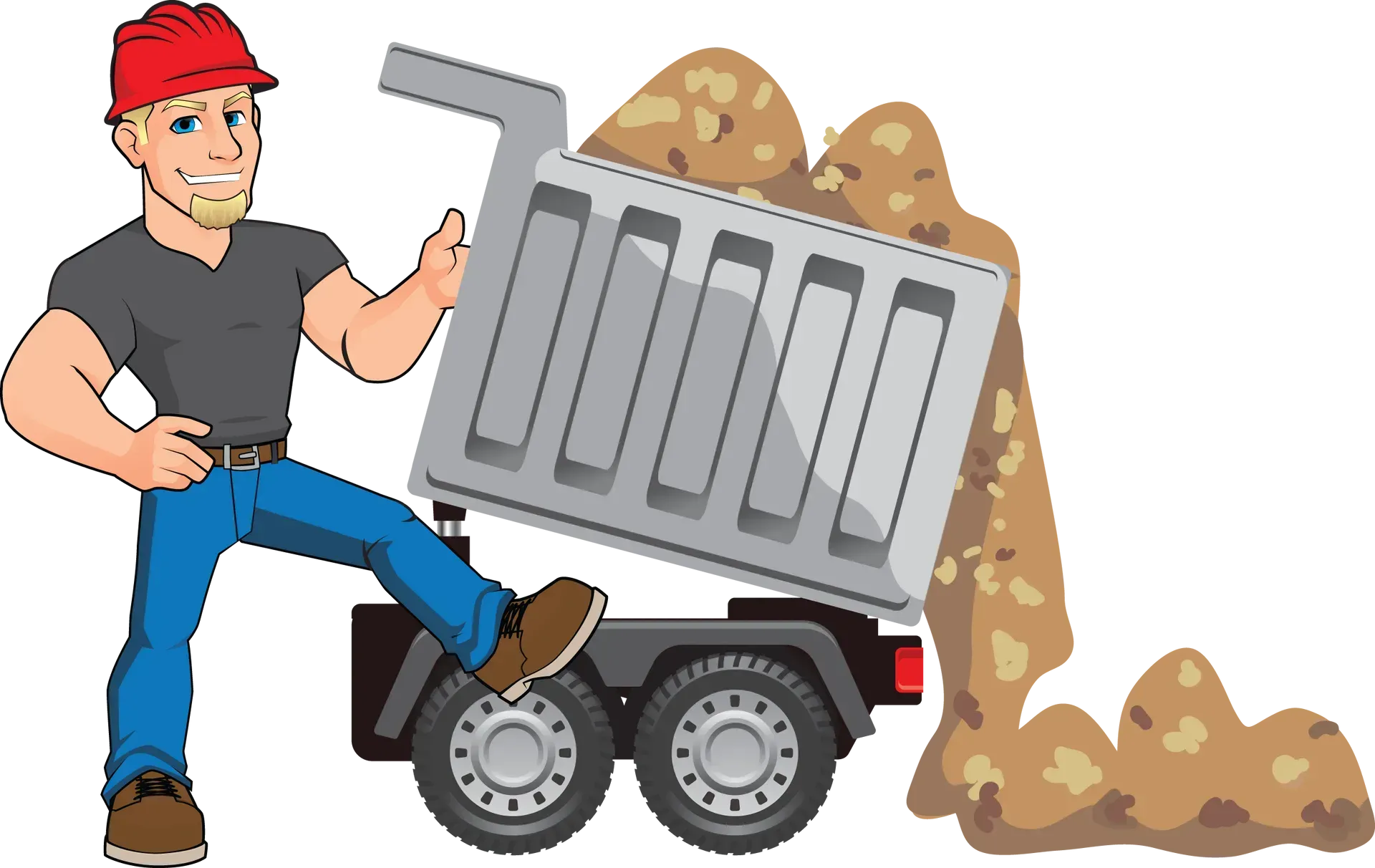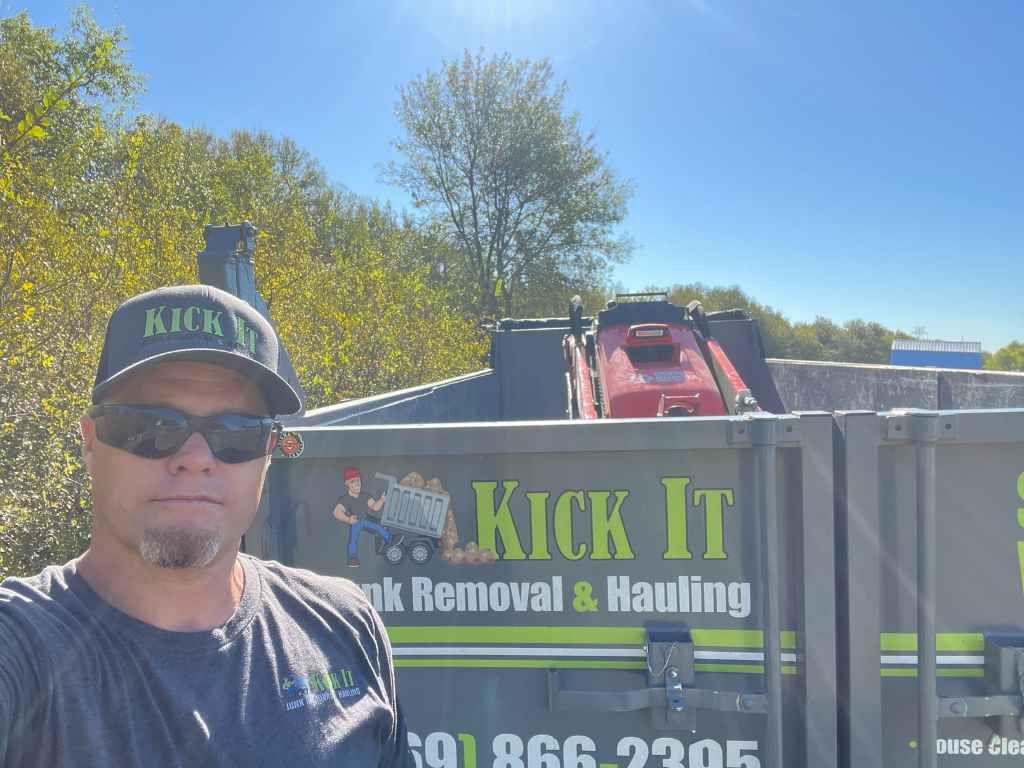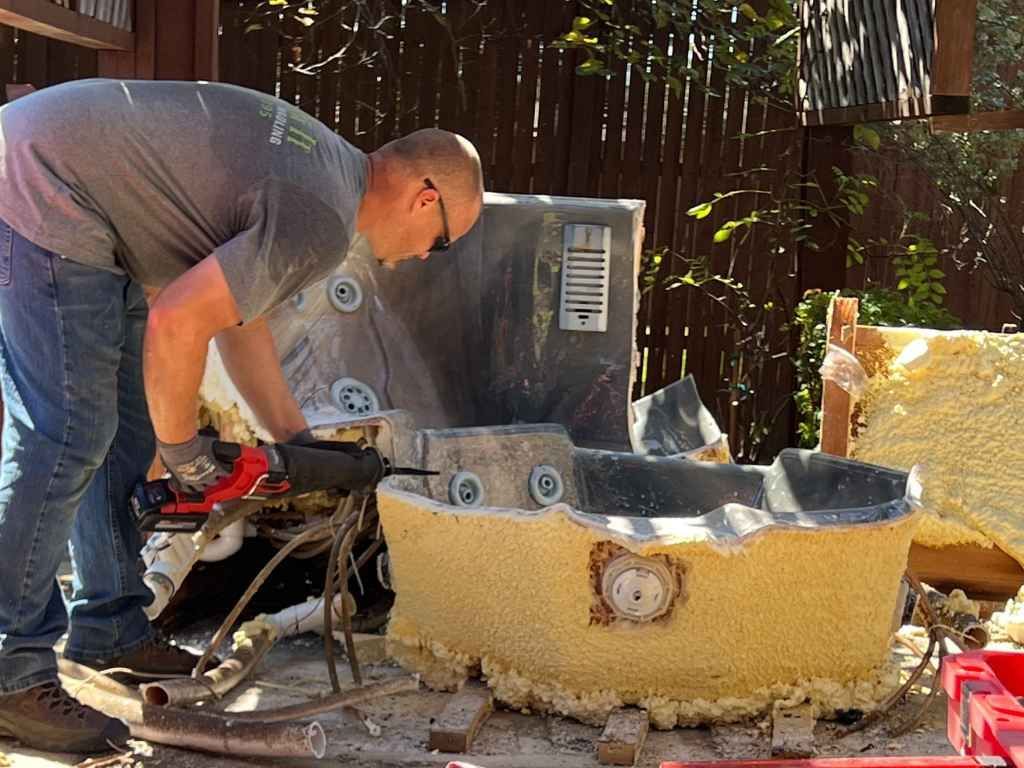What Happens to Your Old Electronics After Disposal
Ever wondered where your outdated gadgets end up once you part ways with them? It's tempting to think they vanish into thin air, but the reality is far more complex. Discarded electronics, or e-waste, often contain materials that can harm the environment if not handled properly. Without responsible disposal, these items can leach toxic substances into the soil and water, posing risks to ecosystems and human health.
That's where services like Kick It Junk Removal come into play. They don't just haul away your old electronics—they ensure they're processed responsibly. By prioritizing recycling and proper disposal methods, Kick It Junk Removal helps divert e-waste from landfills, reducing environmental impact. Their commitment to eco-friendly practices means your discarded devices are given a second life, either through recycling or donation, contributing to a more sustainable future.
Where Your Old Electronics Really End Up After Disposal
When you dispose of your old electronics, it's easy to think they're simply thrown away, but there's much more going on behind the scenes. These devices often contain valuable materials like metals, plastics, and rare earth elements, which can be recycled and repurposed for new products. Once your electronics are discarded, they typically enter a recycling process where they are dismantled, and their components are sorted. The goal is to recover as much reusable material as possible, reducing the environmental impact of mining and manufacturing.
However, not all electronics end up in a recycling facility. In many cases, improperly disposed devices end up in landfills, where they can leach harmful chemicals like lead and mercury into the environment. This highlights the importance of proper disposal methods, such as taking electronics to certified e-waste recycling centers. By doing so, we can ensure that the valuable components of our old gadgets are reused, and harmful substances are prevented from contaminating the ecosystem.
The Journey of Discarded Electronics Explained
Once you've decided to part ways with your outdated electronics, their journey is far from over. The first step is often a collection process where items are gathered for further processing. Some electronics go directly to e-waste recycling centers, while others might pass through drop-off points or even be picked up for disposal. At these facilities, the devices undergo sorting to determine what can be recycled, refurbished, or safely disposed of. Metals, plastics, and glass are often separated to be reused in the production of new products, while hazardous materials are handled with care to avoid environmental contamination.
The recycling process varies depending on the type of electronics being disposed of. For example, older computers and smartphones might contain valuable metals like gold and silver, which can be extracted and reused in new technology. Other items, such as batteries and screens, are dismantled and processed to remove toxic chemicals. The journey doesn't end here, as some parts of the devices are repurposed for other products, further reducing waste and supporting a circular economy.
What Happens Behind the Scenes When You Toss Old Devices
When you toss your old electronics, there's a significant process happening behind the scenes to manage them responsibly. Electronic waste, or e-waste, includes everything from cell phones and laptops to televisions and microwaves. These items are often collected at recycling centers where they're dismantled and broken down into individual components. The most valuable materials, such as precious metals, are separated and sent off for further refinement. Meanwhile, parts like plastic and glass are cleaned and recycled into new products.
However, the process isn't always as smooth as it seems. Some old electronics might not be properly disposed of and can end up in landfills, where they pose a serious threat to the environment. Many electronics contain toxic substances such as cadmium, mercury, and lead, which can seep into the soil and water supply. This is why it's critical to use proper disposal methods, ensuring that electronics are sent to certified e-waste recycling programs that prioritize safe and sustainable practices.
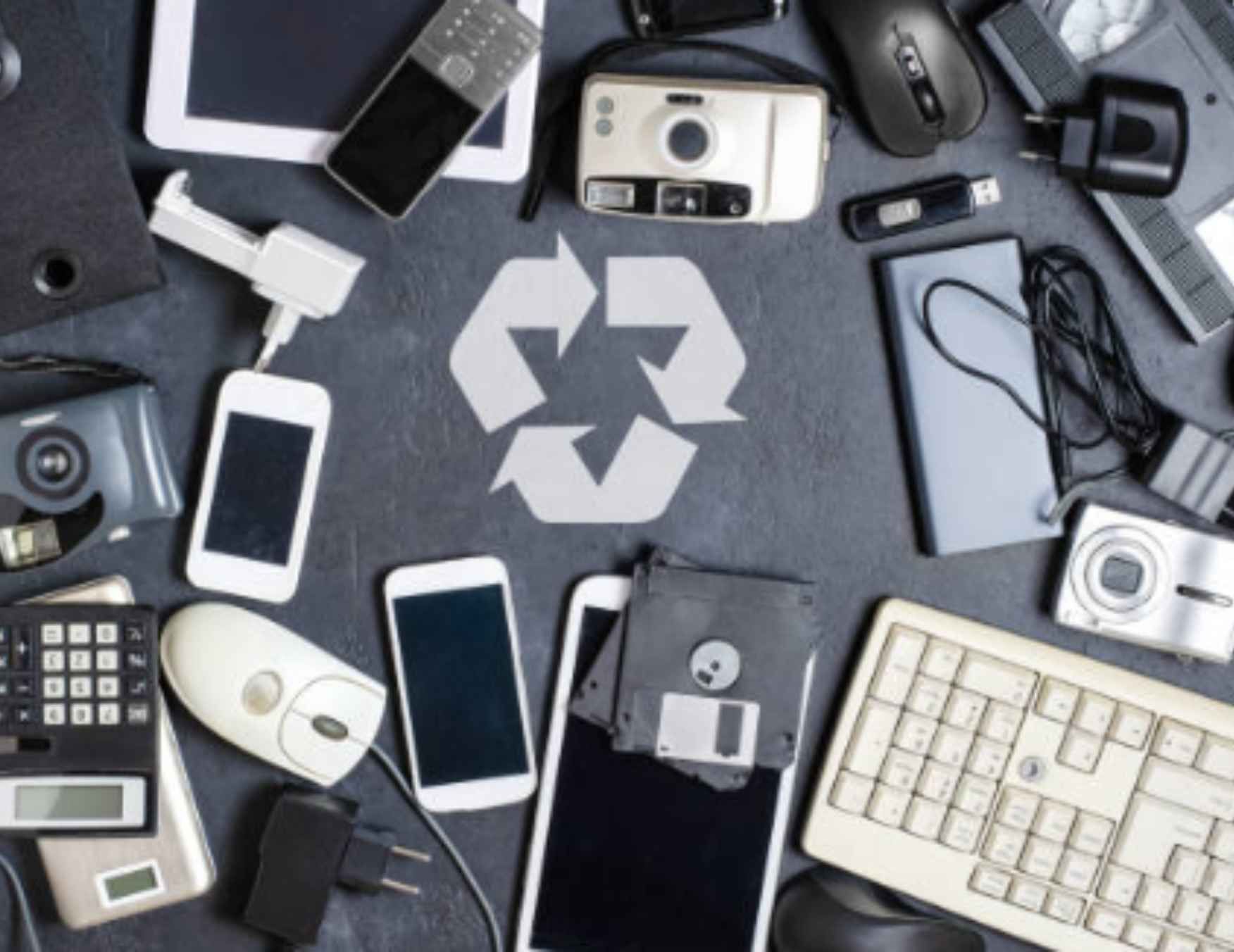
How Old Electronics Are Processed After You Throw Them Away
Disposing of old electronics doesn't just mean putting them in the trash. In fact, when electronics are thrown away, they often undergo an intricate process aimed at recycling or repurposing their components. First, these devices are collected by e-waste recycling companies, where they’re sorted and stripped of any hazardous materials. After the dangerous components, such as batteries and circuit boards, are removed, the remaining items are broken down into more manageable parts like plastic, metal, and glass. Each of these materials can then be reused in the manufacturing of new products.
Recycling old electronics helps to conserve valuable resources, such as metals and plastics, reducing the need for new raw materials. It also helps to prevent electronic waste from contributing to landfills, where harmful substances can leach into the environment. Many recycling facilities also have special processes for handling hazardous materials, ensuring that they are safely disposed of. Overall, the processing of old electronics not only aids in environmental sustainability but also supports the creation of new, innovative products.
The Hidden Afterlife of Disposed Electronics
Once you dispose of your old electronics, you might not think about what happens next. However, the afterlife of your discarded devices is far from simple. Many people don’t realize that old electronics are filled with valuable materials, such as precious metals and plastics, which can be recycled. The journey begins when your devices are dropped off at certified e-waste recycling centers. Here, they undergo a thorough process of disassembly, where components are sorted for reuse or recycling. Metals like gold, copper, and aluminum are extracted and sent to be refined for use in new gadgets, while plastics and glass are also repurposed.
Unfortunately, not all electronics are disposed of properly. Improper disposal often leads to these devices ending up in landfills, where they can release toxic substances such as mercury and lead into the soil and water. This is why it’s essential to take old electronics to recycling facilities that follow responsible practices. By doing so, we not only help to conserve natural resources but also prevent the harmful environmental impact caused by e-waste.
Understanding the Final Destination of Your Old Gadgets
When you decide to part with your old gadgets, their final destination can vary depending on how they're disposed of. Ideally, these electronics end up in recycling centers where they are processed and repurposed. At these facilities, the devices are disassembled, and materials like metals, plastics, and glass are extracted and cleaned. Valuable metals, such as gold, silver, and copper, can be refined and reused in the production of new electronics. This helps reduce the demand for mining new materials and lowers the environmental impact of manufacturing.
However, in many cases, old electronics aren’t disposed of properly, leading to e-waste accumulation in landfills. Electronic devices can contain hazardous materials, including heavy metals like cadmium and lead, which can seep into the ground and pollute the environment. This is why it’s crucial to make sure that old electronics are taken to certified e-waste recycling centers. Proper disposal ensures that valuable materials are reused and that harmful substances don’t contribute to pollution.
Why Proper Disposal of Electronics Matters More Than You Think
Proper disposal of electronics is vital for the environment. When discarded incorrectly, devices release harmful chemicals like lead and mercury, which can contaminate soil and water. Recycling electronics properly helps recover valuable materials such as gold, copper, and aluminum, which are reused in new products, reducing the need for new raw materials. Additionally, responsible disposal helps combat the growing problem of e-waste. As technology advances, we upgrade our devices, creating more discarded electronics. Recycling and repurposing these items can significantly reduce environmental impact, keeping ecosystems healthy and supporting a more sustainable future.
The Recycling Story of Your Outdated Electronics
When you discard your outdated electronics, it's easy to forget the journey they embark on afterward. These devices often contain valuable metals, plastics, and other materials that can be repurposed. Once they are collected by recycling centers, they go through a thorough process of disassembly. Components like circuit boards, batteries, and screens are carefully removed and processed. Metals like gold, copper, and aluminum are extracted and sent to specialized facilities for refining. Meanwhile, plastics and glass are cleaned and reused in the production of new products.
The recycling story of electronics not only helps conserve natural resources but also reduces the environmental impact of mining and manufacturing. By recycling old devices, we keep these materials in circulation rather than allowing them to sit in landfills. Proper disposal practices also ensure that hazardous materials are handled correctly, preventing toxic substances from leaching into the environment. Recycling old electronics is a win-win, benefiting both the planet and the economy.
Conclusion
Disposing of your old electronics is more than just a simple task – it’s an important step in protecting the environment and ensuring that valuable materials are reused, not wasted. By understanding what happens to your gadgets after they’re discarded, you can make smarter choices that benefit the planet. Whether your old electronics are being recycled for precious metals, refurbished for further use, or broken down for safe disposal, each action reduces the burden on landfills and minimizes harmful waste. The process is crucial in conserving resources, cutting down on harmful pollution, and keeping hazardous chemicals from leaking into our soil and water.
If you're ready to take the next step in responsibly disposing of your old electronics, our team at Kick It Junk Removal & Hauling is here to help. We make sure your e-waste is handled the right way, providing safe and eco-friendly disposal options for all your unwanted devices. Reach out today to get started! We’ll help you clear out your space while doing our part to keep the environment clean and healthy. For more information or to schedule a pickup, contact us at 469-866-2395 or email Paul@kickitservices.com. Let's work together to make a difference!
